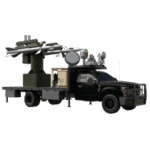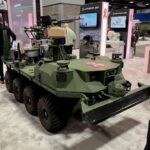
The Defense Advanced Research Projects Agency (DARPA) is seeking proposals for the development of high-end sensors that can operate with more precision than current technology in extreme heat environments such as turbine engines or high-speed flight. The agency will host a Proposers Day on May 31 for the High Operational Temperature Sensors (HOTS) program, which seeks microelectronic sensor technology capable of high-bandwidths and dynamic-sensing ranges. “Many of the defense and industrial systems that rely on sensors experience harsh environments beyond…

 By
By 











